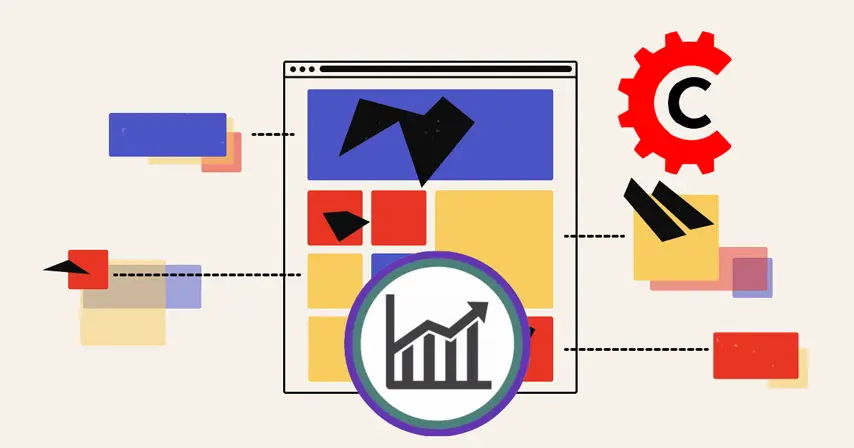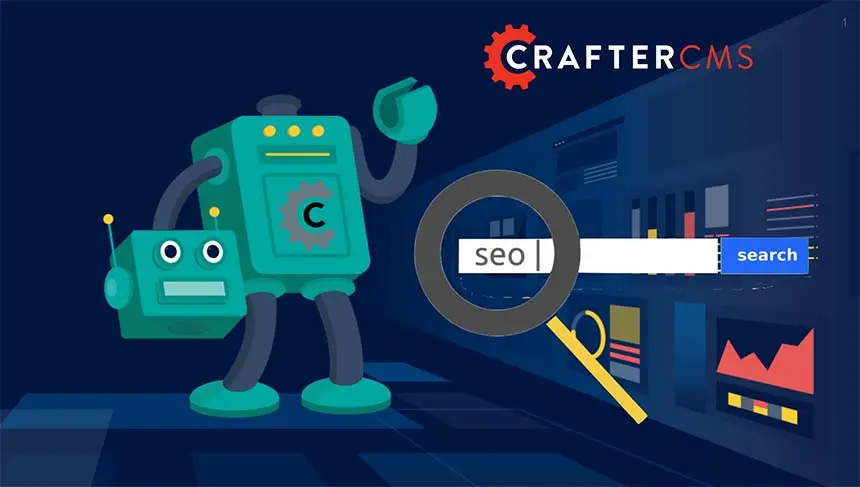Single-Page Applications for the FinServ Industry

Mike Vertal

The way that customers and enterprises interact with each other is changing. While the in-person experience is still relevant in many situations, an increasing number of customers rely on digital tools to conduct business with brands and get the answers they’re looking for. This change has become even more apparent in the financial services industry. As Forrester points out, “faster, better, and cheaper services, together with new business models, are rapidly altering banks’ competitive landscape.”
While banks and other FinServ companies still play an essential role in the lives of their consumers, they face heavy competition from emerging FinTech companies. Armed with new innovative ideas and plans to disrupt established industries, FinTech companies have changed the game regarding ease of use and digital experiences. Financial services (FinServ) organizations need to have the right technology in place to meet these changing customer requirements and remain competitive.
This article will analyze the competition these FinServ companies face and explain how a headless CMS like CrafterCMS can be used to build and deliver Single-Page Applications (SPAs) and provide a welcome assist.
FinServ vs FinTech
In our modern technology-driven environment, one can be forgiven for believing that financial services and FinTech companies are effectively the same things. In reality, however, there are some differences between the two industries.
FinServ companies are traditional final services institutions such as banks, insurance companies, stockbrokers, etc. As long as the company provides a financial service to its clients, whether large corporations, small businesses, or individuals, it can be categorized as a FinServ company. On the other hand, FinTech companies leverage technology to provide financial services in a disruptive way. That disruptive element is key as it provides the distinction between financial services businesses that are undergoing digital transformation to incorporate more technology.
In the FinServ vs. FinTech battle, financial service powerhouses like Morgan Stanley, JP Morgan Chase, HSBC, Bank of America, Goldman Sachs, and others compete against fFnTech companies like PayPal, TransferWise, Revolt, and more. FinTech can also be seen in traditional tech companies such as Apple and Google incorporating financial services through applications like Apple Pay and Google Pay.
These FinTech companies don’t necessarily have large multinational corporations as clients like FinServ companies, but they have changed how the modern consumer views the digital financial customer experience.
Why Digital Experiences Are Critical for Financial Services
FinTech startups have created a new benchmark that established financial services companies must now strive for digital experiences. Customer experience has always been a key differentiating factor for financial services, but now that differentiation needs to happen on a digital platform. The emerging trends within the financial services industry mean that outstanding digital experiences are no longer nice to have but very much a necessity. Some of these trends include:
Mobile Banking Application Growth
Mobile banking is an absolute necessity for financial services companies, given the growth of smartphone applications. According to Statista, there are around 6.3 billion smartphone users worldwide, a number that is slated to grow to 7.5 billion by 2026. Global customers are now more digitally aware than ever before, thanks to their smartphones. From mobile payments to transfers, customers are growing even more accustomed to the banking flexibility that is possible with these mobile devices, and financial services companies need to provide that same flexibility.
Moving to Omnichannel Experiences
However, it’s not just smartphones either, as customers enjoy omnichannel customer service and experiences when interacting with FinTech companies, not just multichannel experiences. Financial services can’t just provide a service via mobile phones, tablets, in-person, ATMs, and let that be the end of it. These experiences need to be connected and streamlined as users move from device to device.
Personalized and Self-Service Options
While customer service is crucial for banks, many customers want the option to solve situations themselves without having to contact their banks directly. FinServ organizations need to continue adopting more self-service options from Robo advisers and chatbots to video tutorials and walkthroughs that provide those self-service capabilities and a personalized experience for the customer.
How SPAs Improve FinServ Apps
FinServ companies need to power their digital experiences with the right content. They also need the flexibility to continue adapting to new changes. Single-Page Applications can help them in a few ways.
Better User Experience
Unlike traditional web applications, SPAs provide a better user experience since site visitors don’t need to refresh the page to load new information. SPAs also provide more speed than traditional web pages, keeping users engaged rather than frustrated with slow loading times.
Easier Transition to Progressive Web Apps
SPAs make it easier for developers to create progressive web applications that provide a mobile-app-like experience, saving companies time and money from building custom mobile applications.
Offline Functionality
SPAs also provide easy caching, faster performance, and pre-load pages so that users can still access pages even if they are offline.
Read More: Crafter: A Headless CMS for SPAs
CrafterCMS: Enabling Modern FinServ Applications
For FinServ companies to get more out of their digital experiences, they need more than just SPAs. They also need the right technology to power those SPAs, namely an API-first headless CMS that supports any and all types of SPA front-end technologies. CrafterCMS is a headless CMS that does just that - enabling developers to build and deliver single-page applications using the modern JavaScript tools and frameworks they enjoy using (Angular, Vue, React, etc.).
A headless CMS provides flexibility compared to the legacy applications they may have been accustomed to using with FinServ companies. CrafterCMS takes headless a step further, providing a headless content authoring platform with a built-in baseline set of rich content editing tools, allowing marketers to utilize WYSIWYG and in-context authoring tools to create consistent and engaging customer experiences.
CrafterCMS also enables these organizations to do more than just deliver SPAs; it also provides the capabilities for them to continue improving the user experience through interactive assistants, OTT video, mobile apps, IoT applications, and more. Penn Mutual (case study here) and Mastercard (case study here) are just two examples of FinServ companies that benefit from CrafterCMS.
FinServ companies face heavy competition from emerging FinTech startups. But with a headless CMS like Crafter, they have the tools to create amazing digital customer experiences. Learn more about how CrafterCMS enables the FinServ industry with SPAs by watching our recorded webcast: Building Single Page Apps with React, Headless CMS, and GraphQL.
Related Tags
Related Posts

Building Personalized Digital Experiences for a Cruise Liner

Sara Williams

CrafterCMS Wins More G2 Awards Spring 2024

Amanda Lee

What Is a Cloud CMS? (Unlocking the Benefits of a CMS in the Cloud)

Sara Williams

Headless CMS SEO (How to Do SEO Right With a Headless CMS)

Amanda Jones
Related Resources
-

Personalized Digital Experiences for a Cruise Line
Webcast
-

Introducing CrafterCMS v4.0
Webcast
-

Modernizing Video Delivery and Content Management at CPAC, A Canadian Nationwide Broadcaster
Webcast
-

Building React Apps on a Headless CMS
White Paper
-

Building OTT Video Experiences with Headless CMS on AWS
White Paper





